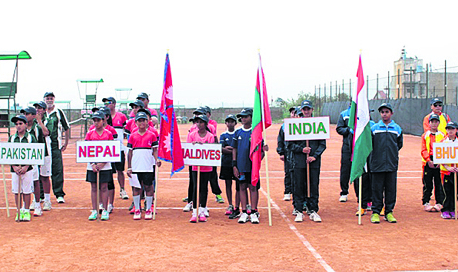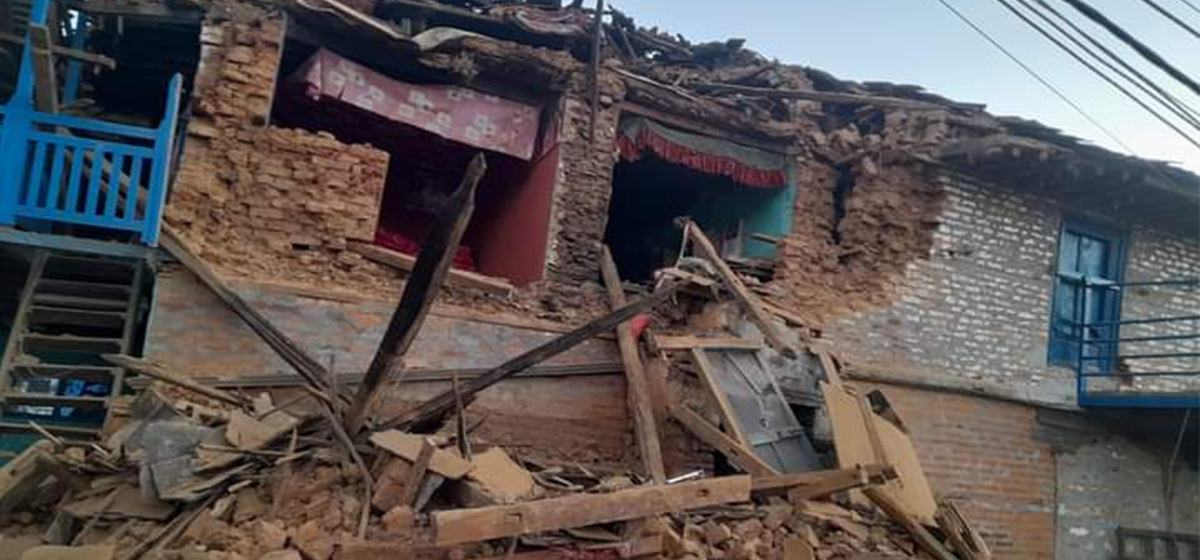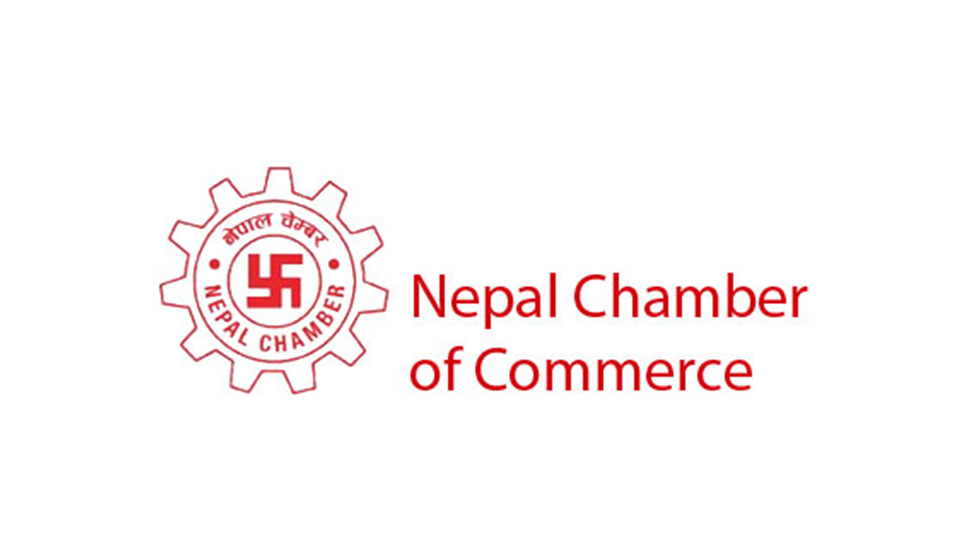
OR
Provincial budgets
In what could be called as the first exercise of fiscal powers granted to them by the constitution, all of the seven provinces have unveiled the budgets for this fiscal year on Friday. Province 3 has tabled the highest budget amount of Rs 35.61 billion while Gandak Province (Province 4) has tabled a budget of Rs 24.02 billion, the lowest. Karnali Province and Province 1 have allocated 75 percent of the budget for development activities, and 25 percent for recurrent spending. All the provinces have allotted at least roughly half their budgets for development works. This marks a sharp departure from federal budget which allocates hardly a fourth of the total for development work. Province 1 has put housing and infrastructure under top priority with allocation of Rs 9.50 billion. Tourism and agriculture are top priorities of Province 3 while Gandak Province has made roads top priority. One constituency one standard road is another program of this province. Each province has a budget of Rs 21 million for roads. Province 5 has set the target of bringing down poverty to 5 to 10 percent from the existing 26 percent. The budget has prioritized building of urban infrastructure and development of integrated settlement. Likewise, Province 5 aims to create employment within the province by working together with private and cooperative sector. It also has set the target of raising Rs 2.40 billion in revenue. Province 2 has put expansion of road network, education and agriculture in its priority.
Since each province has different priorities and they have to allocate budget to meet those priorities, it would not be fair to expect that all provinces bring similar type of programs. The best thing about it is that with unveiling of the provincial budget, it has sent a good message that our provincial governments are capable enough to identify their priorities and work accordingly to achieve the goals they have set. It has set the federal set up in full gear, taking federal system to the course of its implementation. Whether the provincial governments will be able to meet the targets they have set will largely depend on how economically provincial governments and the assemblies conduct themselves and how seriously they will work toward achieving those targets. But it is rather depressing that all provinces—except Province 4—have given continuity to the system of allowing lawmakers to spend, or rather misspend, the hard-earned money of the taxpayers. Provinces have allocated budgets for parliamentary development funds, following the example of the federal parliament. Province 5, for example, has allotted Rs 705 million for the parliamentarian development fund. Troublingly, what should have been the norm (Province 4) has become the exception.
Nepal has had a bad experience from programs like parliament development fund and constituency development fund, a huge portion of which has been found spent for petty projects to help the cadres of the respective political leaders grab the local contracts or to provide them with direct monetary benefits. At a time when local bodies have started to function, this kind of arrangement should have been done away with without any ifs and buts. Yes, federal parliament set the wrong precedent by continuing with constituency development program. Given the widespread criticism from the experts and the media about this arrangement, at least some of the provinces should have been bold enough to avoid this wrong practice. In that case, we would be setting the wrong precedent right. It is hoped that provincial lawmakers won’t repeat the mistakes parliamentarians in the center have made several times in the past.
You May Like This

Broker license to bank subsidiary draws mixed reaction
KATHMANDU, July 15: The recent announcement of the Nepal Rastra Bank (NRB) in its monetary policy for the upcoming fiscal... Read More...

Mixed results for Nepal in ITF Asian U12 Team Competition qualifiers
KATHMANDU, May 15: Nepal produced mixed results in the South Asia Regional Qualifiers of the ITF Asian U-12 Team Competition that... Read More...

Mixed reactions on no-confidence motion filed against PM
KATHMANDU, July 14: Leaders of different political parties have expressed mixed views regarding the no-confidence motion registered at the Legislature-Parliament... Read More...



Just In
- Fire destroys 700 hectares forest area in Myagdi
- Three youths awarded 'Creators Champions'
- King of Qatar to hold meeting with PM Dahal, preparations underway to sign six bilateral agreements
- Nepal's Seismic Struggle and Ongoing Recovery Dynamics
- Shrestha nominated as Chairman of NCC's Advisory Council
- Take necessary measures to ensure education for all children
- Nepalgunj ICP handed over to Nepal, to come into operation from May 8
- Nepal to gift two elephants to Qatar during Emir's state visit




_20240423174443.jpg)










Leave A Comment